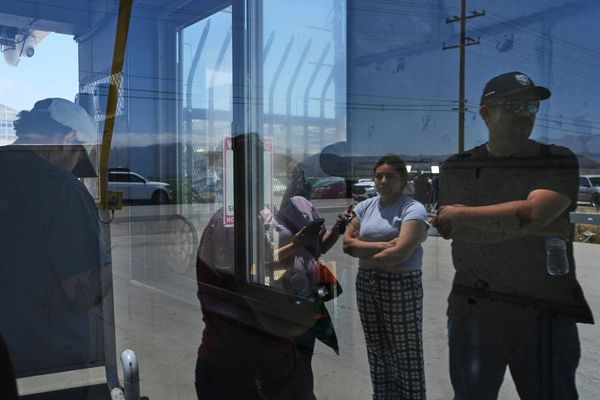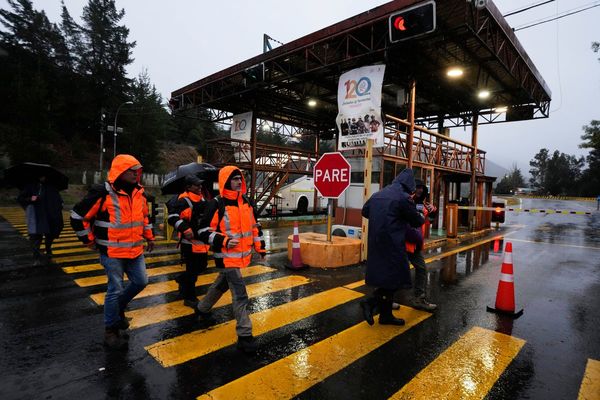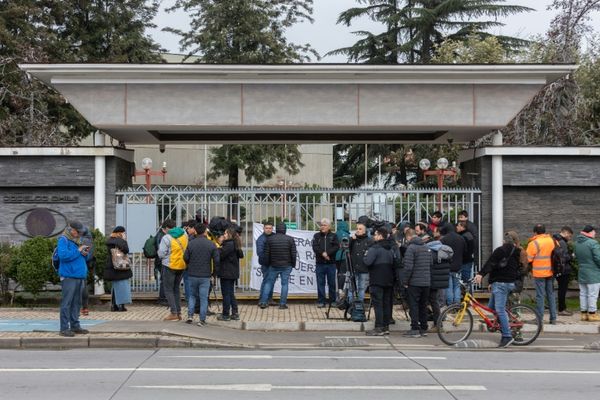
Seven new subways on the Outer Ring Road will enable pedestrians to better navigate one of the busiest streets in the national Capital from next month onwards, according to senior officials in the Delhi Metro Rail Corporation (DMRC).
These subways, each of which will offer multiple exit points, will open in mid-April at the Munirka, RK Puram, IIT, Panchsheel Park, Chirag Delhi, Greater Kailash and Nehru Enclave stations on the Metro’s Magenta line. Since the entry and exit points of all these stations are linked through passages not restricted to paying customers, their use will not be limited to people travelling by Metro, the officials said.
Of the 34.2-km Janakpuri West-Botanical Garden corridor of the Metro Phase 3, a 12.64-km Botanical Garden-Kalkaji Mandir section is operational, while the rest of the corridor will open next month. The subways are part of this soon-to-be-opened section of the Magenta line.
“Crossing Delhi’s busy roads have always been a nightmare for residents. Keeping this in mind, the Delhi Metro’s engineers have planned the stations of Phase 3 in such a way that the entry/exit structures double up as pedestrian subways,” said a DMRC spokesperson.
“Similar arrangements have also been made wherever possible on the other stretches constructed in Phase 3,” the spokesperson added.

◼ The seven underpasses have been constructed at Delhi Metro stations on the Magenta Line stretch between Nehru Enclave and Janakpuri West
◼ While the 12.6km stretch from Botanical Garden to Kalkaji Mandir is operational, the remaining 16 stations are expected to open by mid-April
◼ The subways will also be open to those not taking the Delhi Metro as they are located in unrestricted areas
The subways have been constructed using the ‘box pushing’ technology , for which large excavation is not required. In this technology, an entry is created for a box-like structure to be inserted into the ground, and that box is then pushed forward to create a subway. This method is much faster than the conventional ‘cut and cover’ technology that is generally used for the construction of subways. In ‘cut and over’, the entire area above the ground is covered for excavation and a heavy machinery is used to carve out a passage. Using the ‘box pushing’ technology leads to fewer traffic diversions during construction, a DMRC officials said.
Experts welcomed the move, but said more needed to be done for Delhi’s pedestrians.
“There are requirements for pedestrian subways all over Delhi. Since the Delhi Metro is involved in a lot of construction, a decision was taken that wherever they will build station, a subway or foot overbridge should be constructed for non-Metro users. In Phase-IV, this will be followed everywhere,” said Sarvagya Srivastava, the former head of Delhi’s Public Works Department (PWD).
People living in colonies near the Outer Ring Road said a lot would depend on how the subways were used. “There is too much traffic even on the internal roads in the area. Subways at Metro stations will help residents in crossing roads without risking their lives. But the authorities need to ensure that there are no encroachments so that movement of pedestrians is smooth,” said Colonel Shivraj Kumar, a resident of Munirka Vihar.







